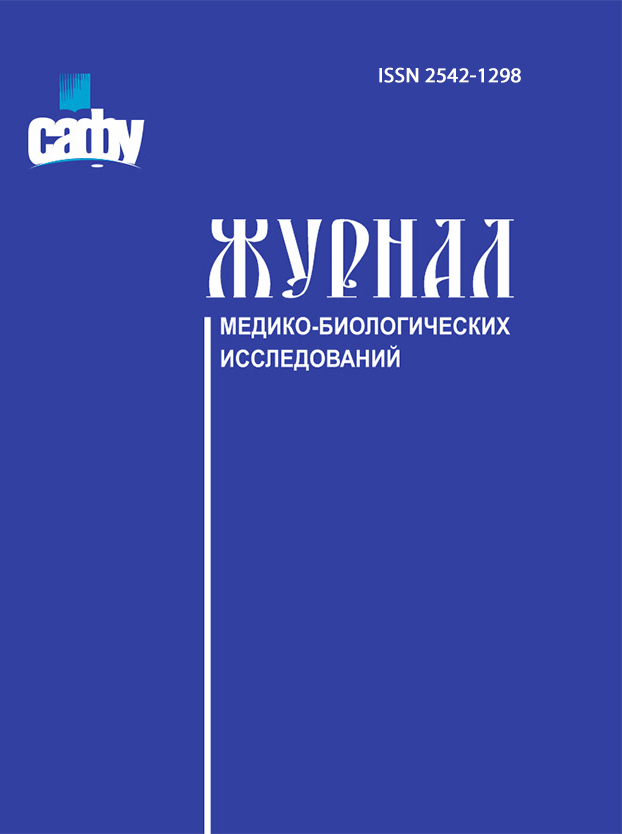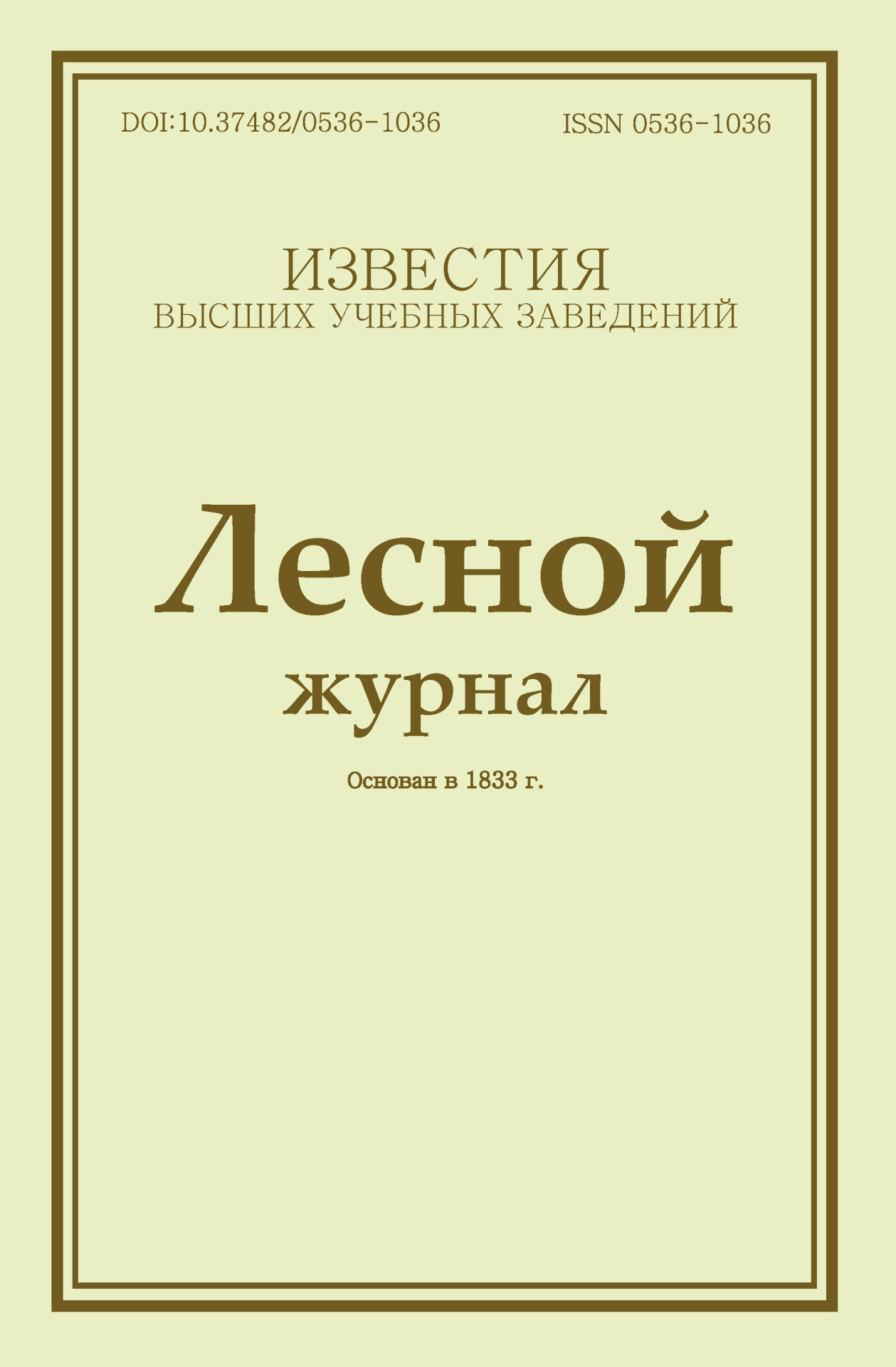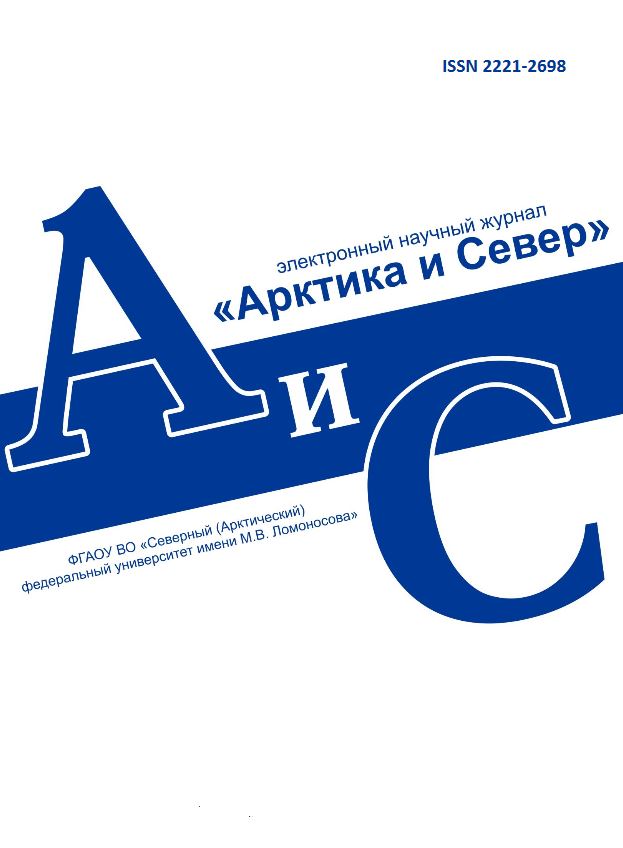
Vestnik of Northern (Arctic) Federal University.
Series "Humanitarian and Social Sciences"
ISSN 2227-6564 e-ISSN 2687-1505 DOI:10.37482/2687-1505
Legal and postal addresses of the founder and publisher: Northern (Arctic) Federal University named after M.V. Lomonosov, Naberezhnaya Severnoy Dviny, 17, Arkhangelsk, 163002, Russian Federation Editorial office address: Vestnik of Northern (Arctic) Federal University. Series "Humanitarian and Social Sciences", 56 ul. Uritskogo, Arkhangelsk
Phone: (818-2) 21-61-20, ext. 18-20 For Authors |
1. Reference list entries should be numbered in the order they are first mentioned in the text, i.e. the source referred to first is numbered “1”, the second “2”, etc. Reference list entries should include the following information: For books:
Gollwitzer H. The Existence of God as Confessed by Faith. London, 1965. 265 p.
For collected papers:
Examples: Knight J. Towards African Higher Education Regionalization and Harmonization: Functional, Organizational and Political Approaches. The Development of Higher Education in Africa: Prospects and Challenges. London, 2014, pp. 347–373.
Vasileska A., Reckoska G. Culinary Identity as Important Segment of Tourist Offer. Tourism and Hospitality Management: Conf. Proc. Newcastle, 2010, pp. 1622–1628. For journal articles:
Example:
Braun H. The Problem of New Testament Theology. J. Theol. Church, 1965, no. 1, pp. 169–183. For newspaper articles:
Example:
Discussion in Tullamore. Kildare Observer, 3 March 1923. For theses (dissertations):
Example: Koivistoinen E. Acceptable or Not? Split Infinitives in American English: Bachelor’s Thesis. Jyväskylä, 2012.
For illustrations that are used as a source, one should indicate their author, title and location. The title of an illustration may be original (author’s) or by the person who published it; in the latter case the title is enclosed in square brackets. The location may be a museum, gallery, archives, personal collection, etc., as well as a printed publication, which is described according to generally accepted rules. A reference to electronic sources should, if possible, contain a standard set of identifying data, but must include a link to the web page and the date it was accessed. Example: Robertson S.L. Europe/Asia Regionalism, Higher Education and the Production of World Order. Available at: http://www.bris.ac.uk/education/people/academicStaff/edslr/publications/24slr (accessed 15 March 2015).
There should be no references to dissertation abstracts!
References to textbooks, study guides and training manuals are not allowed! 5. The minimum number of references is 10 (this does not include archival sources and reference materials: dictionaries, encyclopaedias, reference books, etc., as well as analysed works, legal acts, state standards, illustrative materials, and links to webpages unless you cite a monograph, a collection of articles or a paper with indicated authorship). NB! Notes, comments and links to regulations, websites (if this is not a book, collection, article, etc. in electronic form), document and archival sources and analysed literature are given in the footnotes (at the bottom of the page). The footnote marker is an Arabic numeral (sequential numbering). An archival reference should include the modern name of the archives (an acronym for common ones), collection number, inventory number, folder number, and folia. Legal documents (laws, resolutions) are described under the title, then the type of material, date of adoption, source and date of publication are indicated. For example: On Awarding the Presidential Prizes in Education-1998: Decree of the President of the Russian Federation, 4 October 1999. Rossiyskaya gazeta, 6 October 1999. The description of a state standard must contain its number and year of adoption, its title and the source of publication. * * *
Dear authors!
|
Make a Submission
INDEXED IN:
|
Продолжая просмотр сайта, я соглашаюсь с использованием файлов cookie владельцем сайта в соответствии с Политикой в отношении файлов cookie, в том числе на передачу данных, указанных в Политике, третьим лицам (статистическим службам сети Интернет).






